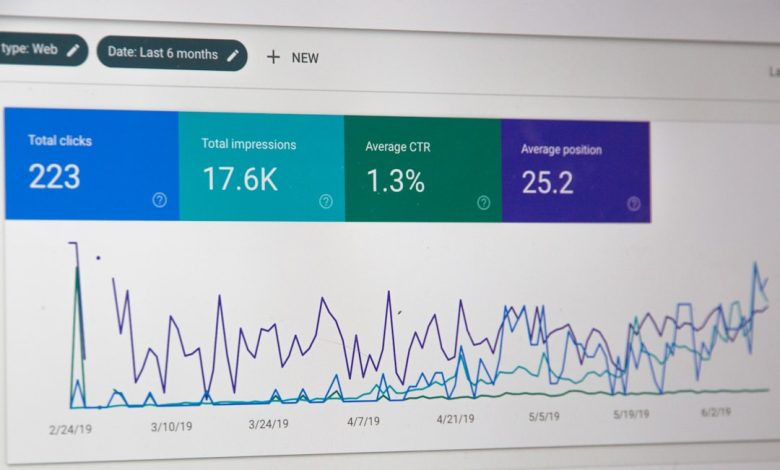Discover the Power of Dogpile Search Engine

Dogpile is a metasearch engine that has carved out a unique niche in the crowded landscape of online search tools. Launched in 1996, it was designed to aggregate results from multiple search engines, providing users with a comprehensive overview of available information. Unlike traditional search engines that rely solely on their own indexed data, Dogpile pulls results from various sources, including Google, Yahoo, and Bing, among others.
This amalgamation of results allows users to access a broader spectrum of information, making it a valuable tool for those seeking diverse perspectives or hard-to-find data. The name “Dogpile” itself evokes a sense of gathering and collaboration, reflecting the engine’s purpose of compiling information from various platforms. Over the years, Dogpile has evolved, adapting to changes in technology and user expectations.
While it may not be as widely recognized as some of its competitors, it remains a reliable option for users who appreciate the benefits of metasearch. Its straightforward interface and user-friendly design make it accessible to a wide audience, from casual browsers to serious researchers.
Key Takeaways
- Dogpile is a metasearch engine that compiles results from various search engines, providing a comprehensive and diverse set of search results.
- Dogpile works by fetching results from multiple search engines and removing duplicates to present a refined and relevant set of search results to the user.
- The advantages of using Dogpile include its ability to provide a wider range of search results, saving time and effort for users, and offering a more comprehensive search experience.
- Tips for optimizing searches on Dogpile include using specific keywords, utilizing advanced search options, and filtering results to refine the search process.
- When comparing Dogpile with other search engines, it stands out for its ability to aggregate results from multiple sources, providing a more comprehensive search experience for users.
How Dogpile Search Engine Works
Simultaneous Search Engine Queries
At its core, Dogpile operates by sending user queries to multiple search engines simultaneously. When a user inputs a search term, Dogpile processes that query and retrieves results from its partner engines. This means that instead of relying on a single algorithm or database, Dogpile leverages the strengths of various search engines to deliver a more comprehensive set of results.
Aggregated and Unified Results
The results are then aggregated and presented in a unified format, allowing users to sift through information from different sources without having to visit each search engine individually. The technology behind Dogpile involves sophisticated algorithms that prioritize and rank results based on relevance and quality.
Customizable Filtering and Sorting
When results are returned, they are typically sorted by relevance, but users can also filter them based on specific criteria such as date or source. This functionality is particularly useful for researchers or anyone looking for the most current information on a topic.
Unique Content Discovery
Additionally, Dogpile’s ability to display results from multiple engines means that users can often find unique content that may not appear in a standard search engine query.
Advantages of Using Dogpile Search Engine
One of the primary advantages of using Dogpile is its ability to provide a more extensive range of search results. By aggregating data from multiple sources, users can discover information that they might miss when using a single search engine. This is particularly beneficial for niche topics or less common queries where one search engine may not have comprehensive coverage.
For instance, if someone is researching a specific historical event, Dogpile can pull articles, academic papers, and news reports from various platforms, offering a richer context than any single source could provide. Another significant advantage is the time-saving aspect of using Dogpile. Instead of conducting separate searches across different engines, users can obtain a wide array of results in one go.
This efficiency is especially valuable for professionals who need to gather information quickly or students who are conducting research for assignments. The convenience of having multiple sources at one’s fingertips can streamline the research process and enhance productivity.
Tips for Optimizing Searches on Dogpile
To make the most out of Dogpile’s capabilities, users can employ several strategies to optimize their searches. One effective method is to use specific keywords and phrases that accurately reflect the information being sought. Instead of broad terms that may yield overwhelming results, incorporating more precise language can help narrow down the search effectively.
For example, instead of searching for “climate change,” a user might input “impact of climate change on polar bear populations,” which would likely yield more relevant results. Additionally, utilizing the advanced search features available on Dogpile can significantly enhance the quality of results. Users can filter searches by date to find the most recent information or specify particular types of content such as images or videos.
Familiarizing oneself with these tools can lead to more efficient searches and better outcomes. Furthermore, taking advantage of Boolean operators—such as AND, OR, and NOT—can refine searches even further by combining or excluding certain terms.
Comparing Dogpile with Other Search Engines
When comparing Dogpile with other search engines like Google or Bing, several distinctions become apparent. While Google is renowned for its powerful algorithms and vast index, it primarily relies on its own data sources. In contrast, Dogpile’s metasearch approach allows it to present results from multiple engines simultaneously, which can be advantageous for users seeking diverse viewpoints or specialized content.
This aggregation can sometimes lead to discovering lesser-known websites or resources that might not rank highly on more dominant search engines. Moreover, while Google offers personalized search experiences based on user history and preferences, this can sometimes lead to a filter bubble effect where users are only exposed to information that aligns with their previous searches. Dogpile mitigates this issue by providing a broader array of results without heavily personalizing the experience.
This characteristic makes it an appealing option for users who wish to explore topics from various angles without being confined to their past browsing behavior.
Privacy and Security Features of Dogpile
In an era where online privacy is increasingly paramount, Dogpile offers several features designed to protect user data and enhance security during searches. Unlike some major search engines that track user behavior and store personal data for targeted advertising purposes, Dogpile emphasizes user anonymity. It does not require users to create accounts or log in to access its services, which inherently reduces the amount of personal information collected.
Additionally, Dogpile employs secure connections (HTTPS) to encrypt data transmitted between users and the search engine. This encryption helps safeguard against potential eavesdropping or data interception by third parties. For users concerned about their online footprint, this commitment to privacy makes Dogpile an attractive alternative to more mainstream search engines that may prioritize data collection over user confidentiality.
Customization Options on Dogpile
Dogpile also provides users with various customization options that enhance the overall search experience. Users can adjust settings related to their search preferences, such as choosing which sources they want Dogpile to prioritize in its results. This feature allows individuals to tailor their searches according to their specific needs—whether they prefer academic articles over general web pages or news articles over blogs.
Furthermore, Dogpile allows users to save their favorite searches and access them easily in the future. This functionality is particularly useful for researchers who may need to revisit specific queries or for anyone who frequently searches for similar topics. By enabling users to create a personalized experience, Dogpile fosters greater engagement and satisfaction with its platform.
Harnessing the Potential of Dogpile for Effective Searching
In summary, Dogpile stands out as a versatile metasearch engine that offers unique advantages in terms of breadth of information and user privacy. Its ability to aggregate results from multiple sources provides users with a comprehensive view of available data while saving time in the research process. By employing effective search strategies and taking advantage of customization options, users can maximize their experience on Dogpile.
As digital landscapes continue to evolve and the demand for reliable information grows, tools like Dogpile will remain essential for those seeking effective searching solutions. Whether for academic research, professional inquiries, or casual browsing, harnessing the potential of Dogpile can lead to more informed decisions and enriched knowledge acquisition.







